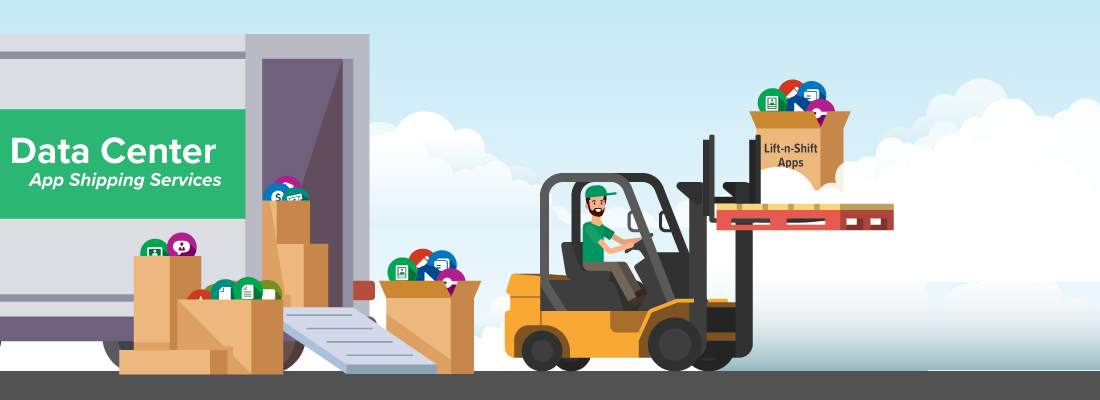Suppose you are creating a website, any application, or any software, and you don’t want to build all of it because for many reasons:
You are running out of time; you don’t want to code the boring part, etc. So you have an option of buying some part of the software that is you are going to use in it, like the login, sing up, etc. pages, so you have an option of buying that part (if you are a client), and here comes the COTS-commercially –off –the –shelf software. This is mainly used in companies to speed up their project and avoid doing overlapping tasks.
Now, companies follow six strategies or 6R’s to identify which application needs to be retired or which needs to be migrated; this is done regularly to keep the server updated with codes that are recently in use in the market.
THERE ARE 6 STRATEGIES TO DO IT:
1. Rehosting : lift or shift
Migrate an application to cloud by retaining its existing platforms and code
Move applications without any changes. Majority of the applications are rehosted as few companies found that rehosting even without any cloud optimization can cut he cost by 30% roughly.
Few examples of automated rehosting tools are: AWS VM Import/Export. Still few clients or costumers like to do it manually so as to learn the undergoing process.
Applications are easier to optimize/re-architect once they’re already running in the cloud. Partly because your organization will have developed the skills to do so, and partly because the hard part — migrating the application, data, and traffic — has already been done.
2. Replatforming:
Migrate applications on different operating systems/middleware/databases, etc.
Here we make a few optimizations to get impacting benefits. Here the core architecture of the app or software is not disturbed You will not change the core architecture of the application. For example, reducing the time to manage databases by migrating it to the for example: Amazon RDS.
Real-world example: A media company migrated hundreds of web servers that it ran on-premises to AWS. In the process, it moved from Web-Logic to Apache Tomcat, an open-source equivalent. This media company saved millions of dollars in licensing costs and increased savings and agility by migrating to AWS.
3. Re-factor /Re-architect:
Restructure an application’s composition/ partially re-architect/ cloud-enable, etc.
Just think about how the application is developed using cloud-native features. This is driven by a strong business need to add new features, scale, or performance that would otherwise be difficult to achieve in the application’s existing environment.
Are you looking to migrate from a monolithic architecture to a server-less architecture to boost agility or improve business continuity? This strategy is most expensive, but it can also be the most beneficial if you have a good product that fits in the market.
4. Repurchase:
Move from unrelenting licenses to a SAAS-software-as-a-service model.
e.g. move from a CRM to Salesforce.com, an HR system to Workday, or a content management system (CMS) to Drupal.
5. Retire
Remove applications or the software that are no longer required. Once you have completed discovery for your environment, ask who owns each application. As much as 10%-20% of an enterprise IT portfolio is no longer useful and can be turned off. These savings can boost your business case, direct your team’s attention to the applications people use, and reduce the number of applications you have to secure.
6. Retain:
Keep applications that are critical for the business but that require major refactoring before they can be migrated. You can revisit all applications that fall in this category at a later point in time.
So these are the strategies that companies use to figure out the specific requirements of the applications, to improve the functioning and provide updated codes to the costumers.
ISmile Technologies has helped organizations of all sizes in designing, migrating, running, managing, and optimizing data & infrastructure on the cloud. Schedule a Free Evaluation.








